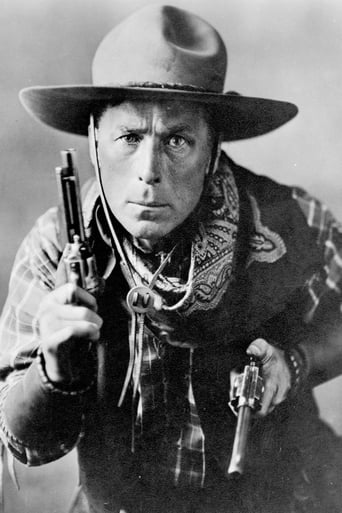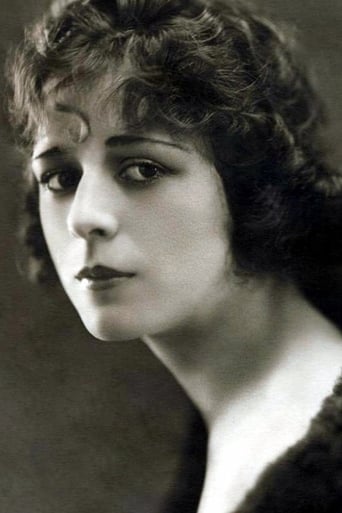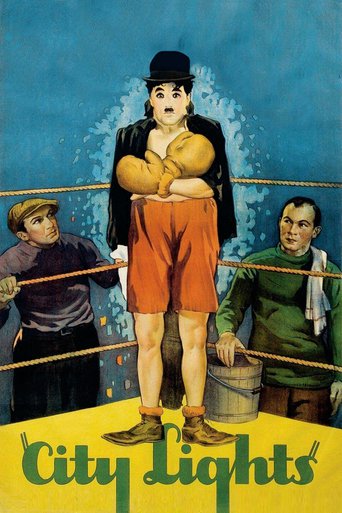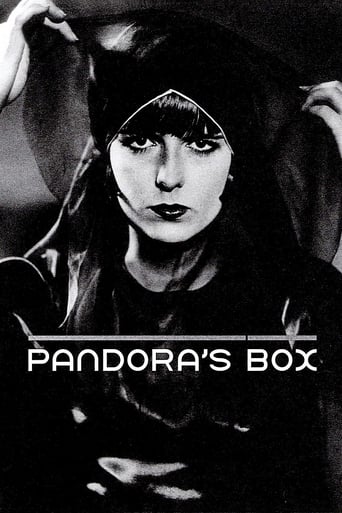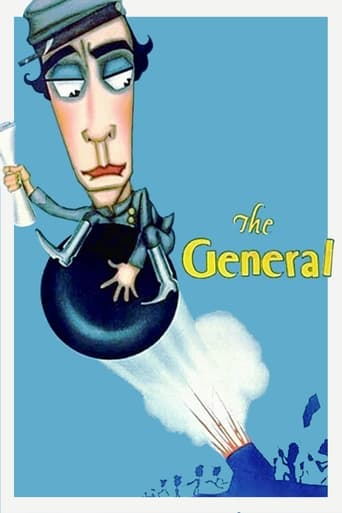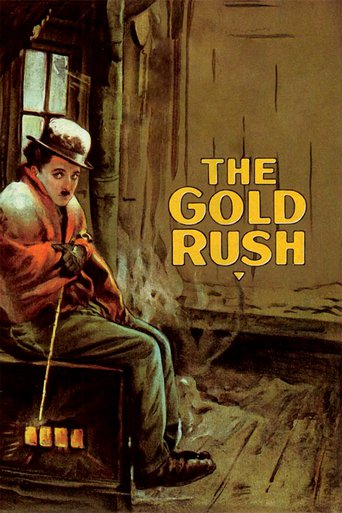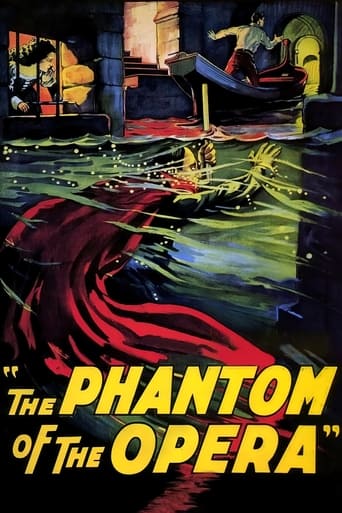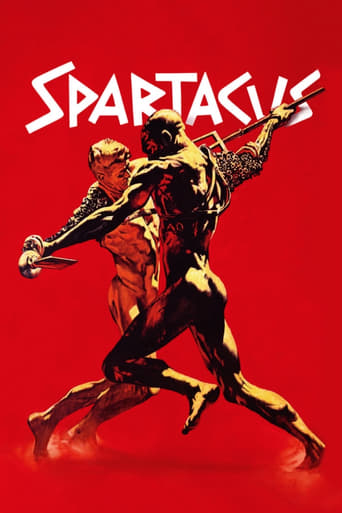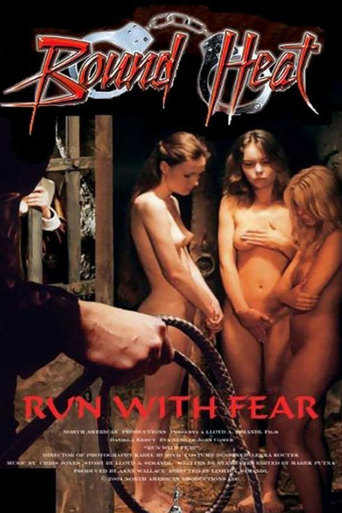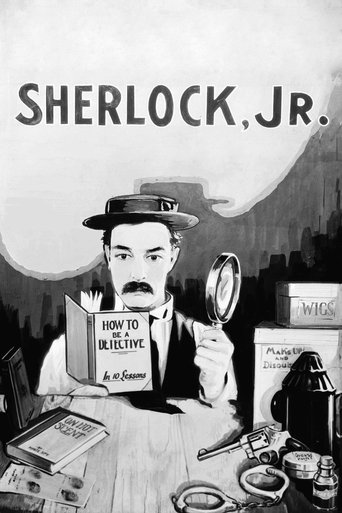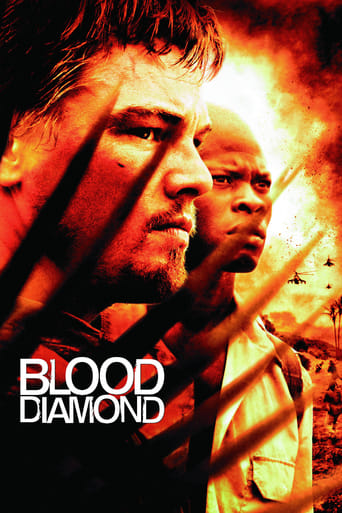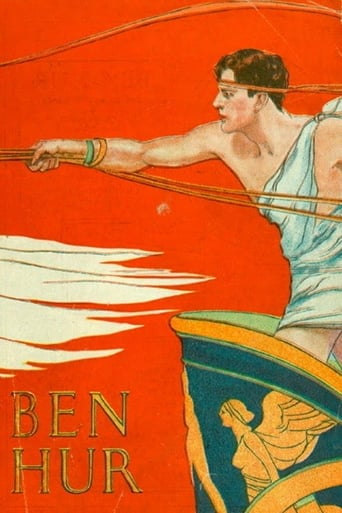
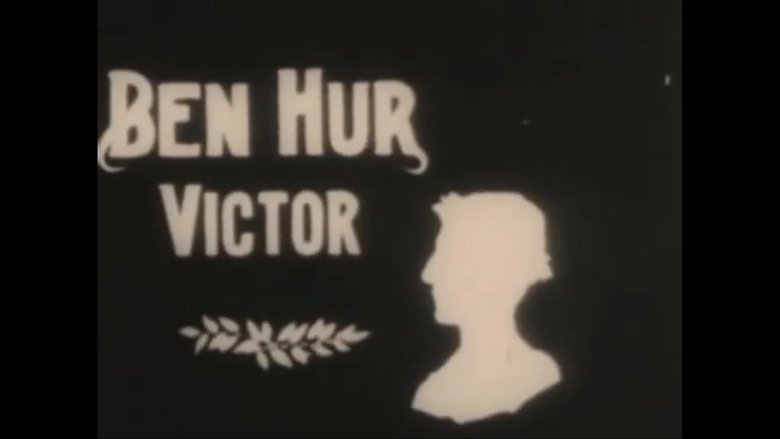
Ben Hur (1907)
The first adaptation of Lew Wallace's novel, Ben-Hur: A Tale of the Christ.
Watch Trailer
Cast


Similar titles
Reviews
Touches You
Purely Joyful Movie!
A movie that not only functions as a solid scarefest but a razor-sharp satire.
Exactly the movie you think it is, but not the movie you want it to be.
The novel BEN HUR has been a perennial favourite in cinema, thanks to the huge, epic, sweeping style which lends itself to the screen - providing you've got the budget to do the book justice, that is. Sadly, the makers of this 1907 version didn't have, nor did they have the rights to adapt the book for the screen. The result is a criminally low budget story which features a bunch of set-pieces in which all of the action is kept off-screen, even the climactic chariot race. As a result the viewer gets to watch lots of extras waving their arms around in crowd scenes, but little of the action itself. As such, this is nothing more than a historical curio.
It's true that watching this, the first version of Lew Wallace's monumental tome is a bit like watching one of those 5-minute condensed versions of the entire Star Wars saga acted out by enthusiastic amateurs in their mum and dad's back garden, but complaining about how amateurish it all is seems a bit churlish to me.Sidney Olcott, who like the rest of the film-making community, was still feeling his way back in 1907, would go on to better things, but it's clear that he still has no real idea of how to handle such a massive challenge. Panning shots and close-ups had already been found in films before 1907, but neither are to be found here, which is a shame because you get the feeling that the filmmakers here are trying to create a spectacle of sorts. Even then, they were starting to realise that audiences were growing more discerning and didn't want to see endless variations on the same theme every time they sat in front of a screen.To give the filmmakers credit, the sets are quite extravagant for the time. It's not exactly clear what's going on a lot of the time, even with titles explaining each piece of action that is about to take place, but a lot of the cast seem to spend a lot of their time raising their arms. Sometimes you can tell they're doing it on cue because every arm goes up at the same time. The big chariot race is something of a let-down: the camera focuses on the crowd (about 12 of them) while every now and then we see the occasional chariot go flashing past. You've got to wonder whether Olcott watched this in his later years and rued the opportunity that he missed.Incidentally, this film was the subject of a landmark legal case when the estate of the late Lew Wallace took Kalem Pictures, the makers of the film, to court for failing to get permission from the copyright holder to film the story. Kalem, I believe, claimed it was based on the stage play (which also boasted a live chariot race with the horses running on a treadmill), but to no avail...
I saw the first (1907) Ben Hur about 25 years ago in a film society back to back double feature with the Charlton Heston version. My memories are therefore fragmentary.The film should be called "Illustrated scenes from the life of Ben Hur" as it really doesn't try to tell the story in the time available. If you hadn't read the book you wouldn't know what was going on. One of my recollections is my wife nudging me and saying "there's the tile that's going to fall". Above the rather pathetic and bored looking extras (showing off their knees in Roman army costume) one roof tile was very different from the rest - it wasn't painted onto the set!! Sure enough, Ben Hur leaned rather obviously on this brick.The chariot race sticks in my mind too. A bunch of extras starts jumping up and down and two chariots race by the camera. The extras calm down and look bored for a while then start jumping up and down for the next rapid pass of two chariots. I can't remember how many times this was repeated, we were all laughing so hard that tears were running down my face.It is mercifully short, and interesting to compare with the 1925 big budget spectacular (also silent of course) which foreshadows the third version with amazing special effects.
BEN HUR might seem an ambitious undertaking for the early days of the cinema but consider that by 1899 there had already been 2 filmed versions of H. Rider Haggard's SHE and 1 of Oscar Wilde's THE PICTURE OF DORIAN GRAY. The early 1900's saw early attempts at A TALE OF TWO CITIES, THE COUNT OF MONTE CRISTO and or course BEN HUR. The costumes are nice but I doubt the painted canvas backdrops convinced anyone even way back in 1906. The story is intact, as much as a single reel (12 minutes) will allow. In this version Hur does not get sent to the galleys; it is the chariot race which will decide if he is condemned as a criminal or not. Oh yes, even this early version has a chariot race and it is set up to be the highpoint of the picture. Alas, don't expect much in the way of special effects. This race has only two participants, Ben Hur and Massala, and they simply run their chariots around and around a camera which never moves. We all know how the story ends. The panorama, or "pan" shot was in use as early as 1896 when it was invented by an Venitian gondolier named Promio who put a camera in his boat to take a long shot of Venice as seen from the canal. The closeup was around in 1907 as evidenced by a short called MR. HURRY-UP OF NEW YORK but neither accomplishment is seen in this film. It's almost a certainty that audiences were easier to please then, at least they were for a little while, and for its time this version of BEN HUR did indeed offer more than the average one reel short. We are lucky that this version, and so many other early films survive to show us that filmmakers even back then were willing to take chances. At the time nobody knew that a fellow named D.W. Griffith was waiting in the wings gathering experience and developing some ideas of his own.


